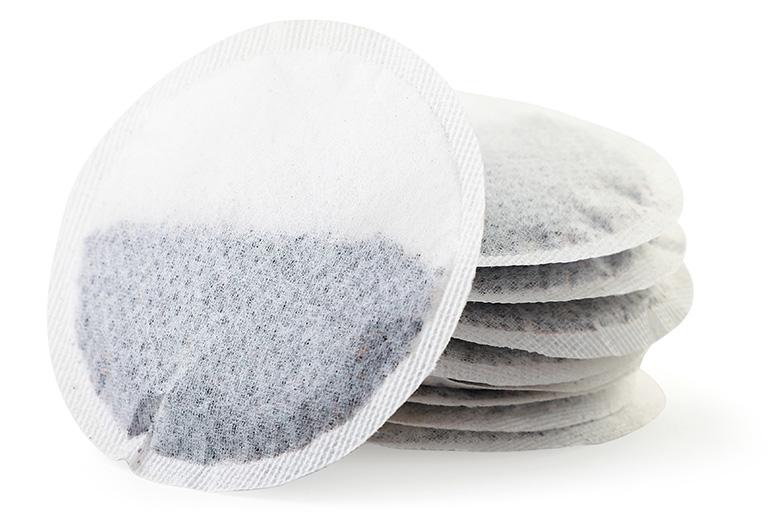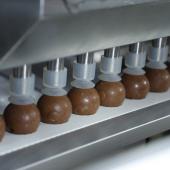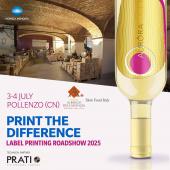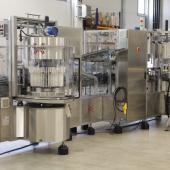Ultrasonic sealing for bio-based plastics
Increasing the efficiency of productions of BBP and BDCP plastic is the path to take for the transition to the circularity of packaging. This is also the objective of Emerson which, with the BransonTM ultrasonic sealing system, offers the market a reliable, precise and energy-saving technology, designed for new materials.ogia affidabile, precisa e a rispamio energetico, studiata per i nuovi materiali.
Andres Abreu // Business Development Manager,
Packaging, Branson Welding and Assembly at Emerson
20% of producers and users of plastic packaging at global level are committed to eliminating plastic waste and pollution at source, with the promise that 100% of their packaging must be reusable, recyclable or compostable by 2025. Among the signatories of this commitment (as of today more than 250 major companies) include also famous brands such as Mars, Nestle, Walmart, SC Johnson, Unilever, Colgate-Palmolive, Apple, Coca-Cola, Johnson & Johnson, PepsiCo… Everyone in the plastic packaging value chain - from producers of resins and packaging and film, to distributors of products and technology suppliers (Emerson included, Ed.), are, therefore, under pressure to adopt new and effective packaging solutions made in bio-based (BBP) and biodegradable and compostable (BDCP) plastic.
Comparison of package sealing process controls.
|
Sealing controls |
Sealing controls |
|
• Temperature setting |
• Functioning frequency |
|
• Pressure setting |
• Width of tool |
|
• Time setting (tempo) |
• Sealing method: time, energy, depth, peak power |
|
• Pressure (downforce), speed, maintenance time |
|
|
• Acquisition of data in real time for QA, setting of waste limits, product traceability |
New materials require evolved and specialised technologies
New materials require evolved and specialized technologies In response to the growing demand for greater environmental sustainability, Emerson is working hard on adapting the sealing profiles of its packaging technologies in order to enable producers that use the new BBP materials to obtain the same performances as with traditional materials. For any product, from sachets, bags and clamshell cases to cartons, coffee jars, caps, filters, seals ad others besides, the shift under way from traditional packaging materials to BBP and BDCP requires an equally rapid evolution in sealing technology.
Bio-based plastics represent, therefore, an undoubtedly demanding technical challenge. Given that they contain a lower quantity of polymers, they have to be treated at lower temperatures and also have a “narrow” processing window. In addition, the gap between the temperatures at which they melt and effectively seal and that at which they begin to degrade and lose strength, or sealing integrity, is minimal. The performance of repeatable and quality sealing requires, therefore, advanced control of temperature, pressure and process time: a complex operation to be carried out with traditional heat-sealing methods, for which it’s hard to reach the “sweet spot” (optimal point), essential for ensuring resistance and high-performance levels.
BransonTM ultrasonic sealing.
Emerson’s solutions with the Branson brand for ultrasonic sealing guarantee reliable sealing also in delicate and complex applications, offering a process control which is much more sensitive and reactive, together with considerable energy saving. While traditional heat sealers convey a high amount of heat from the outside to the inside, through the layers of plastic, as far as the sealing interface; ultrasonic sealers, instead, use high-frequency vibrations that create frictional heat at the point of the plastic-plastic interface, producing an “inside-out” sealing process that concentrates the heat and uses from 25% to 75% less energy. Energy is, in fact, only consumed during the brief sealing cycle (generally for less than 1 second), while the heat-sealing bars normally used apply continuous energy to maintain the surface temperature, regardless of the fact that they are sealing or not. Besides this, ultrasonic sealing permits closed-circuit digital control, monitoring of the process in real time and the collection of data. The amount of energy can be controlled down to a single joule and the aerodynamic load to the Newton while, through ultrasonic instruments that sound at an exact frequency (in Hz), it’s possible to make amplitude adjustments on a micrometre (and therefore very precise) scale. Users can also set specific parameters in the sealing process, configuring alarms that signal any errors or incongruences. As they are blockable, these alarms allow for the automated processing and recording of the data of the damaged parts.
|
|
Andres Abreu |
























